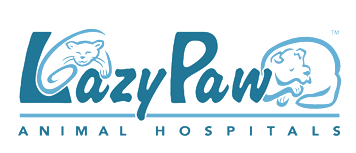Luxating patella is sometimes referred to as a loose knee, but this is really not an accurate description of the condition. It is most frequently found in small, toy and miniature dogs but it is known to occur in any size breed. Virtually all small and toy breeds can have the condition which is considered to be genetic in nature and the dog is therefore born predisposed to the condition.
patella is caused by a malformation of the knee. The kneecap is kept in place by two bony grooves that extend down the front of the femur, which is the thigh bone, as well as by muscles and tendons. The patella, the kneecap, then rides up and down these grooves to control the movement of the joint between the femur and the lower bone in the hind leg, the tibia. In small and toy breeds, often these ridges or grooves are too shallow and they allow the kneecap (the patella) to move sideways across the surface of the femur, usually to the inside. When this happens, the leg stays drawn up in a bent position until the muscle relaxes and it slips back outwards and into the groove.
Commonly dog owners will notice their dog is running or walking and all of a sudden one hind leg remains bent and held up off the ground or held up and back. The dog may yelp in pain but then in a couple of minutes the leg goes back to normal and the dog appears no worse for the incident. As the condition continues to occur the constant repositioning of the kneecap will become more and more frequent and it can cause severe lameness for days at a time. It also becomes more frequent as the dog ages although it is most commonly seen in dogs over the age of five with a history of on and off lameness.
Treatment can include several different options such as joint supplements, special diets, weight reduction, physical therapy and even surgical correction. The surgery entails anchoring the kneecap or deepening the grooves to keep the kneecap in the correct position. In some cases the tendons may also be attached to a lower position on the knee to help to provide more stability for the movement of the kneecap without jumping out of the grooves. At the clinic we can discuss the best possible option for your dog based on the data we obtain from examination and possible radiographs of the affected knee. Each procedure will be designed with your dog’s long term health, comfort and mobility in mind.
